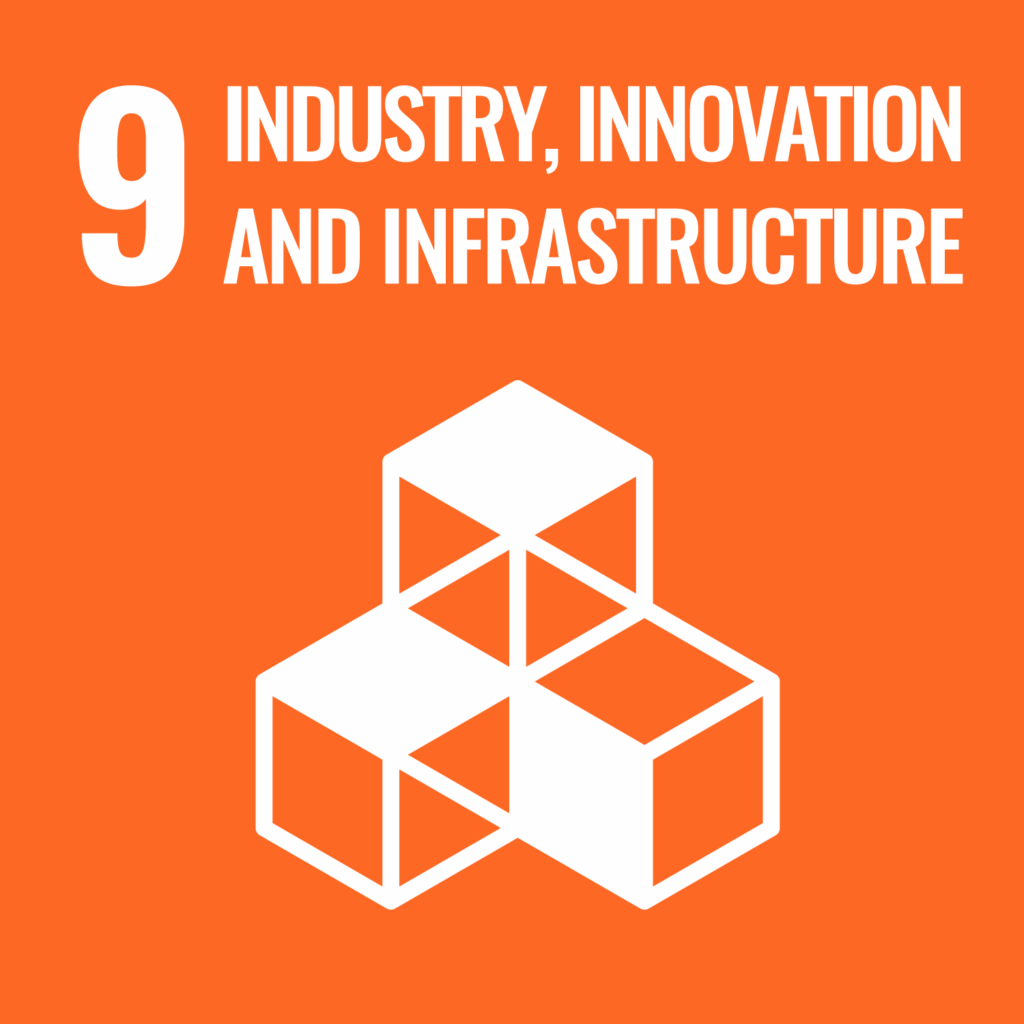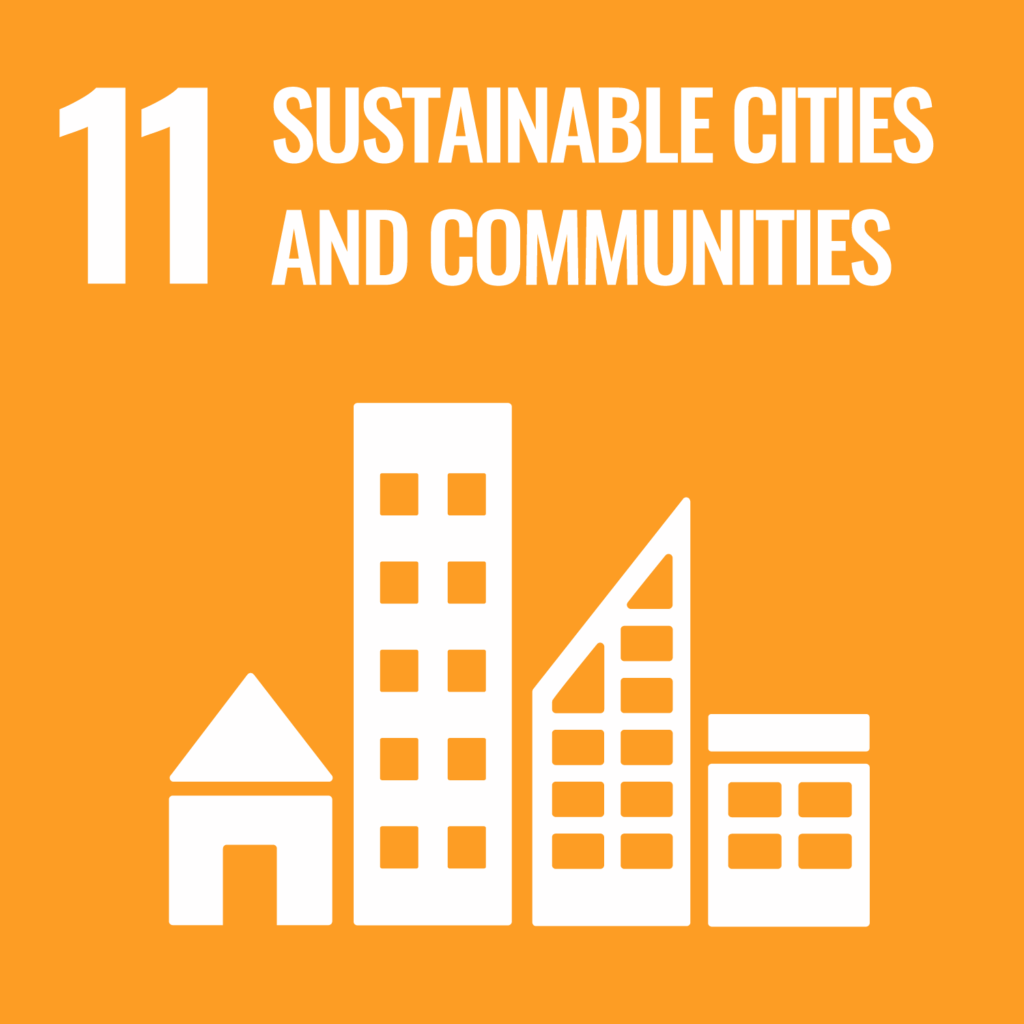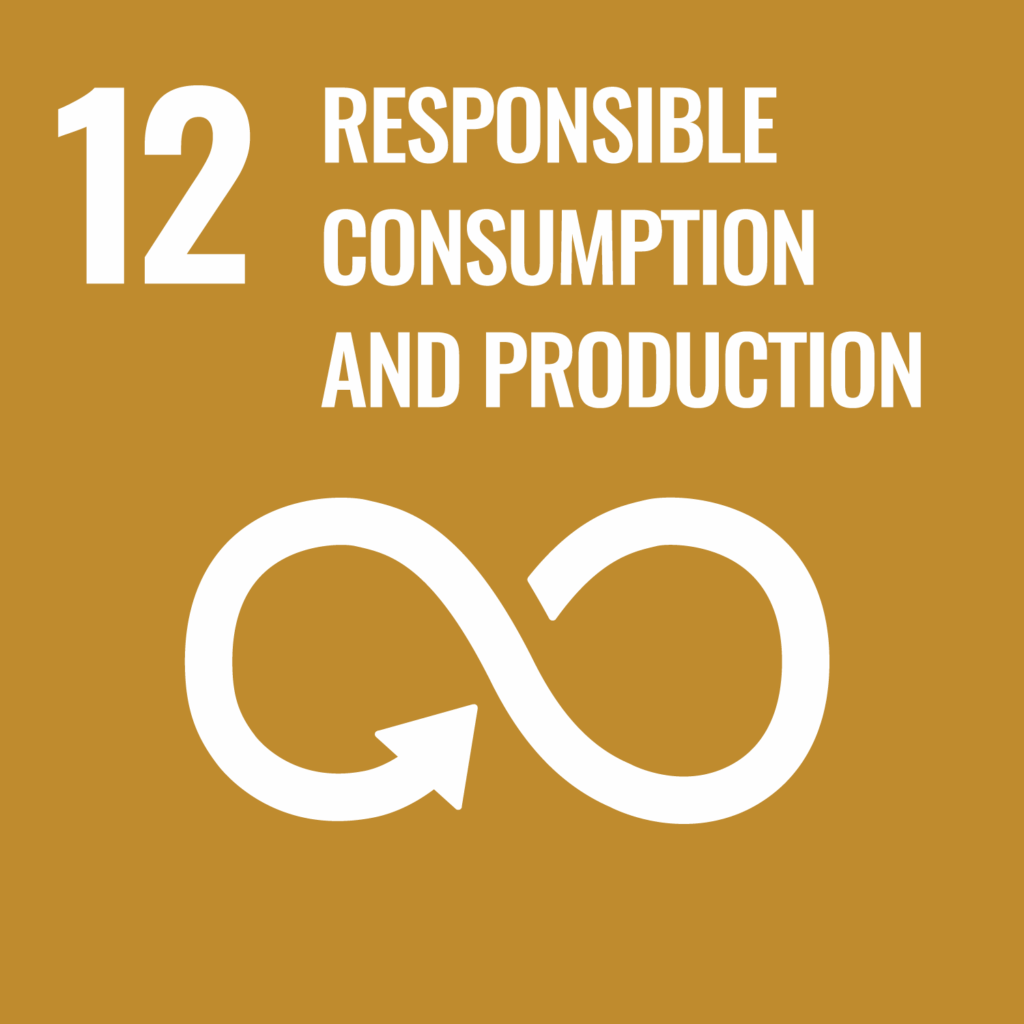Smart Waste
Initial situation: removal times cannot be optimally planned
Waste containers or waste glass containers are usually emptied at fixed intervals because there is no actual knowledge of the current fill level. A container can therefore be overfilled sooner than expected and, in addition to being unsightly, also pose hygiene and health risks. If containers are only slightly filled, emptying them is inefficient and causes many empty runs as well as avoidable costs and exhaust emissions.
Smart Waste – Level Sensors and LoRaWAN® provide clarity
In order to enable waste containers and waste glass containers to be emptied as needed, a fill level sensor is installed in each case. This transmits the current fill levels via the LoRaWAN® remote network to the B.One element iot platform. This means that disposal can be actively monitored, collection always takes place at the economically right moment and minimises noise and pollutant emissions in the city.
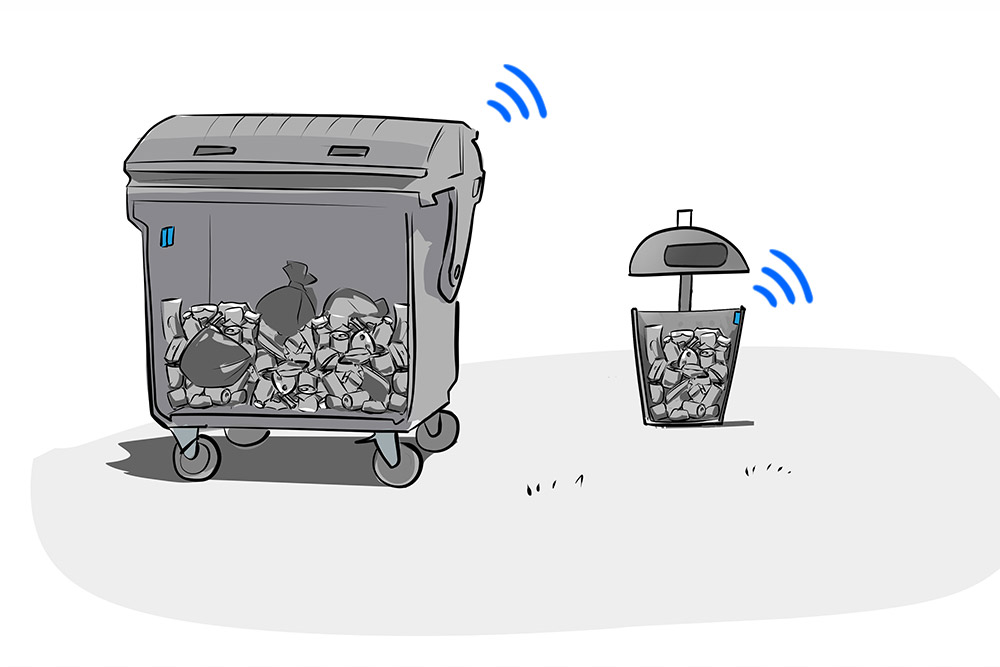
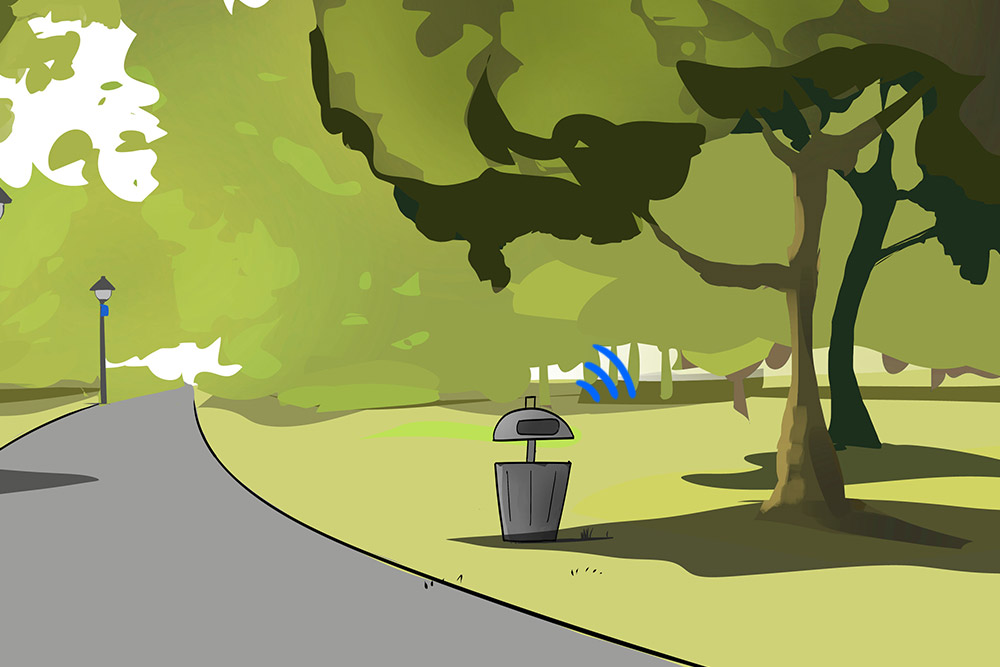
Efficient planning and optimisation with Smart Waste
- Time and cost savings
- Increase in process efficiency
- Less of a burden for employees
- Savings in CO2 and other pollutant emissions
- Noise reduction in the city
With Smart Waste, access routes can be efficiently planned and optimised in advance. The collection always takes place at the economically right moment and minimises noise and pollutant emissions in the city.
